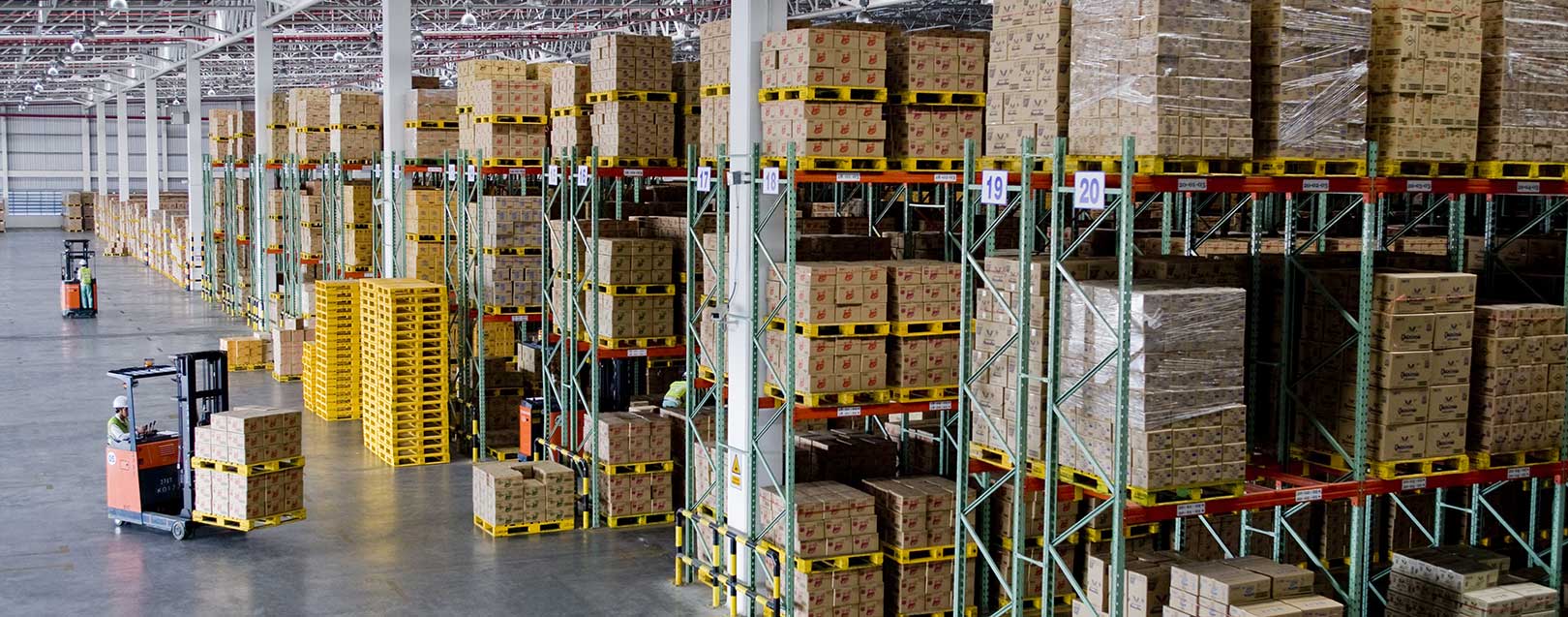
Indian Logistics Sector To Attract More FDI & PE Inflows
The Dollar Business Bureau
The Logistics Performance Index (LPI) released recently by the World Bank shows a startling performance by India. The country has jumped 19 positions and now stands at the 35th rank among 160 countries. This is no mere achievement as the country was at the 54th position in 2014. Taking into consideration the various factors that include policy regulation as well as supply chain performance across six sub-indices for the index, the World Bank assigns scores to each country based on their performance on those sub-indices.
Anuj Puri, Chairman and Country Head, JLL India gives us a detailed look at the Indian Logistics sector and the impact that GST could have on warehousing and logistics.

Among the six sub-indices, India improved the most on customs, jumping from 65 in 2014 to 38 in 2016. An introduction of a ‘Single Window Interface for Trade’ or SWIFT, apart from other recent reforms carried out in customs, helped India improve in this indicator. This validates the improving regulatory environment and ‘ease of doing business’. India also improved significantly in the other sub-indices:

This is just the beginning of a changing era as India’s strategy to invest in fundamentals is expected to bring-in significant changes in the long-term and near future. India’s investment in infrastructure is around 10% of GDP, which is significantly higher than the BRICS block as well as developed economies such as USA and Japan.
GST to have a huge impact on warehousing and logistics
All eyes were on India to see whether the government would keep its word on passage of the crucial taxation reform – the Goods and Services Tax (GST). With the current government having negotiated well with the Opposition, GST – touted as the most important reform in modern India’s history – got passed by the Parliament recently. The tax will have positive implications on the warehousing and logistics sector in India.
It will lead to emergence of more than a dozen new warehousing hubs apart from an increase in warehousing supply within the existing eight hubs. This bodes well for eCommerce players as they will be able to service many more locations across the country. As transit time taken during state border crossings and the paper work involved will reduce, it will immensely benefit logistics players. These cost savings could even get passed onto the consumers.
Under the new tax structure, focus would shift from saving tax by having smaller warehouses, to improving overall efficiency. Merger of smaller warehouses will lead to higher efficiency in supply chains and the former would become more productive and logical locations. Automation of these assets will be seen, which will give excellent cost benefits to the landlords/ operators. As the rents charged by organised warehouses will go down, the price advantage that unorganised warehouses presently enjoy will shrink.
Demand for organised warehouses will go up and resultantly, more developers could get into the business. At lower investment compared to other asset classes, the returns on investment in warehousing are more attractive. Apart from the obvious benefits, all these factors are expected to lead to an increased interest of private equity players in the sector and India moving further up in the LPI 2018 rankings. Both logistics and warehousing look all set for a long, new phase of fast growth.





 to success.
to success.